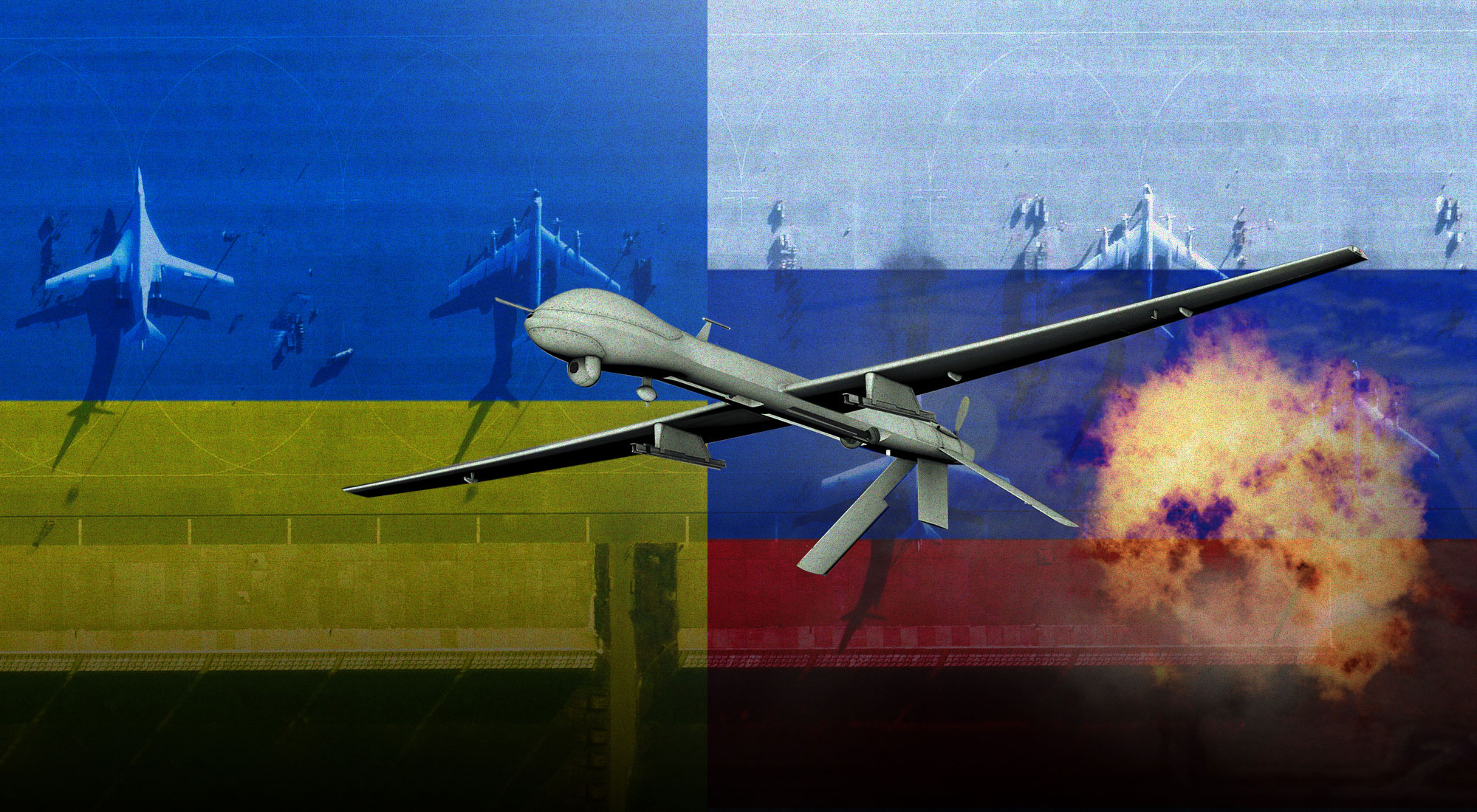Afghanistan remains the world’s largest producer of opium (more than 90% of illicit global supplies) and the heroin derived from this opium constitutes the bulk of the supply of the heroin in Europe and Eurasia. As a result, transnational crime and the weakness of the legal control of that crime undoubtedly contributes to insecurity in Afghanistan. Drugs are the main problem. Production, traffic and use of other illicit drugs such as hashish (Afghanistan is a regional source) and cannabis does occur, but the drug that has the most destabilising effect is opium.
Opium Production and Traffic
In Afghanistan, a number of conditions favour farmers growing and producing opium: a favourable climate that is hostile to other crops, the high morphine content of the Afghan plants, insecurity and institutional weakness within Afghanistan, poor infrastructure (which favours an easily stored substance like opium) and rural poverty. According to the UNODC’s Afghanistan Opium Survey 2015 183 000 hectares were planted with opium poppy in 2015, down 19% from the previous year when 224 000 hectares were under this crop, the first decrease since 2009. More than half the country (20 provinces) were affected by opium, mostly in the Southern (66% of cultivation), Eastern (7%) and Western (24%) regions of Afghanistan. The traffic as a whole accounts for about 15% of Afghanistan’s economy.
The average opium yield per hectare was calculated to have dropped from 28.7 kg per hectare to 18.3 kg per hectare, and the Survey suggests this may be because of drought in the Southern regions in particular. Importantly, the report estimates that the total output of refined opium dropped from roughly 6400 tonnes to 3300 tonnes. These are estimates, however, and should be approached cautiously. The general trend since 1994 when the surveys began has been steadily upwards with production almost tripling since then and it’s not certain whether the drop in production in 2015 is an aberration or the beginnings of a trend that will take Afghanistan out of the number one position of global illicit opium production. It may simply be the result of more accurate sampling techniques being used by the authorities.
Afghanistan is a party to the 1988 UN Drug Convention, the 1971 UN Convention, and the 1961 Single Convention. From 2002 the Afghan government has issued an ever more specific string of decrees aimed at the suppression of drugs and specifically the prohibition of agricultural production of opium. A National Drug Control Strategy has been adopted and law enforcement measures appear to have increased marginally in effectiveness. Despite the fact that eradication led by regional governors had increased 40% from 2692 hectares to 3760 hectares during this period, this is less than 3% of the amount of land under the opium poppy. The effectiveness of eradication has increased because of coordination between the Minister of Defence, Interior and Counter Narcotics, but the fact that eradication operations have to be carried out in the vicinity of military operations particularly in Hilmand and Kandahar provinces suggests that the dynamic relationship between local poppy growing tribesmen and non-State forces such as the Taliban remains intact. The Survey notes that only 5 lives were lost in these operations and 18 injured, compared to 13 dead and 26 injured in 2014. However, this may indicate that better security provided less opportunity for local tribesmen to prevent suppression, rather than a new found general disinclination to use force to protect opium crops. The CIA maintains that the Taliban and other non-state actors participate directly in and profit form the opium traffic, and it is a key source of revenue for the Taliban within Afghanistan.
Traditionally the other main flows of the drug has been the ‘Balkan Route’ West from this region into Iran and then through Turkey to Europe, or South through Pakistan for distribution into Asia. It appears that the domestic consumption of opioids for non-medical and scientific purposes is increasing, and the country is struggling with addiction. Current addiction rates are between 1.9 million and 2.4 million adults, or 12.6% of the adult population compared to a global average of 5.2%.
The significant effort put into building institutional law enforcement capacity to deal with narcotics (the British Government had the lead role in rebuilding and restructuring the Afghan national narcotics enforcement programme), does not appear to have borne fruit. A Counter Narcotics Police Force has been established with provincial offices and a National Interdiction Unit, and border posts have been built to try to police remote borders especially with Iran. Drug seizures have increased. A counter-Narcotics Court has been established in the Supreme Court.
Iran shares a highly porous nearly 2000 km long border with Afghanistan, through which more than half of the Afghan opium output flows, and Iranian police not surprisingly frequently make arrests of drugs in transit from Afghanistan through Iran’s most westerly provinces. According to the UNODC Iranian seizures of drugs are the highest in the world, but its law enforcement agents are regularly killed or wounded in the line of duty. Yet human rights NGOS point out that Iran’s interdiction programmes, supported by Western and other donors and the UNODC, have enabled the execution of significant numbers of convicted drug traffickers in spite of donor State and official UN positions that condemn the use of the death penalty. It is well understood that effective cooperation at a transnational level depends very heavily on trust between law enforcement professionals and good communication. In 2007 the UNODC encouraged a regional initiative among Iran, Afghanistan and Pakistan, with annual meetings of their senior drug enforcement officials following. In 2008, Iran and Pakistan signed an agreement with Afghanistan to strengthen border cooperation. Practical measures included the establishment of border liaison offices on each of their borders to plan and mount joint operations. The parties also undertook to improve their telecommunications between their authorities, to exchange information around counter narcotics enforcement, and increase interdiction of precursor chemicals flowing into Afghanistan (which enter mainly through Pakistan). The first joint operation was carried out by Iranian and Afghan police along their border in 2009 and from 2009-2011 12 joint operations were carried between members of this Triangular Initiative (TI) resulting in seizures of drugs and arrests. The goal is to have regular joint patrols. A first meeting of the Afghan Iran Border Liaison Office (BLO) was only held in 2012, at which senior officers from both sides were designated as focal points. What this suggests is that structures for control are really only in their infancy and will take a long time to become well established. Afghanistan is in a very passive position in these relationships. The TI’s Joint Planning Cell which serves as the platform for joint operations and intelligence exchange is based in Tehran. Moreover funding for the Islam Qala BLO on the Afghan side, was provided by Japan, which again illustrates one of the main problems with Afghanistan –its poorly resourced government agencies.
An interesting regional change in production observed by the Afghanistan Opium Survey 2015 was that there were increases in all but one of the provinces in the region that abuts the Turkmenistan border. For example, production in the Western province of Badghis rose from5,721 to 12,391 hectares under production, an increase of 117%. It can only be speculated whether enforcement action in the South of Afghanistan resulted in a ‘push down pop up’ effect common in suppression of narcotic producing agriculture. Proximity to the Western border might also suggest that smugglers are opening up an alternative route through the former Soviet Republics rather than through Iran. The direction of this traffic may be towards Eastern Europe (traditionally the ‘Northern’ trafficking routes carrying the most opium were through Uzbekistan and Tajikistan). Russia is worried about the smuggling of poppy derivatives through these Central Asian countries. Interestingly, this region of Afghanistan has been until now generally considered a medium to low level security risk.
Money Laundering
The major problem knock-on problem flowing from the Afghan opium traffic is the laundering of the proceeds of the traffic. Money laundering occurs through both the formal financial sector (although since the fraudulent diversion of more than US$850million from deposits in Kabul Bank was discovered in 2010 locals have lost faith in it) and through informal networks. Hawaladars provide low cost (a 2% premium), efficient, and unregulated transfer to other countries including Dubai, Pakistan and Iran. A significant part of the value of the product is spent by farmers on domestic goods and services. Precisely how much money is laundered – the US Bureau of International Narcotics and Law Enforcement Affairs has estimated that it could be as much as $1billion per annum – and where it ends up – the property market in the Gulf, bank deposits, private equity – is unclear.
At an institutional level Afghanistan became a member of the Asia Pacific Money Laundering Group in April 2006 and a member of the Egmont Group in 2010. It has developed its Anti Money Laundering institutions to include a Financial Intelligence Unit (FinTRACA) located in the central bank. The IMF evaluated its AML response in 2011, finding that although legislative decrees had been adopted in 2004[1] to fight AML and counter terrorist financing, and they had been implemented ‘to a certain extent’ by the Public and Private sector, current efforts were not an appropriate response to the high risk of money laundering and terrorist financing in Afghanistan. For instance, there were few investigations into money laundering and terrorist financing and none of them had by 2011 resulted in a prosecution being brought before the courts, in spite of a proliferation of security and law enforcement agencies in Afghanistan.[2] Legal weaknesses include a limited range of predicate offences and little provision or the freezing of terrorist funds. It is not clear whether greater legal powers on paper would, however, lead to increased enforcement activity, without greater resources, expertise and coordination of activities.
Corruption
Another major criminal problem facing Afghanistan is the corruption of public officials. Transparency International ranks Afghanistan 166 out of 168 in 2015. Corruption, while presently at least acknowledged as a problem, remains according to a 2013 report one of the most significant threats to Afghanistan. Joint US Afghan inspections have revealed various examples in the public service, and corruption is still considered endemic. While Afghanistan is a party to the UN Convention against Corruption, current steps against corruption are limited to a Ministerial Anti-corruption policy, requirements for declarations of interest by senior public officials, a Ministerial Internal Controls Program, as well as the establishment of a High Office for Oversight and Anti-Corruption. An anti-corruption unit was created within the Attorney General’s office, and an Anti-Corruption Court within the Supreme Court. But without a significant increase in the general population’s confidence in the Government’s willingness to tackle this problem, it will be difficult to do so because of absence of reports of corruption.
Conclusion
Afghanistan has under strong international guidance taken steps to both join international frameworks such as the UN Convention against Transnational organised Crime, and attempted perhaps less successfully to transpose those international obligations into national law. The problem is not one of rules, but of the implementation of those rules, which is in turn a problem of the conditions that make implementation possible. While there has been progress it has been slow. The same conditions that make Afghanistan a secure environment for the perpetration of certain kinds of transnational crimes, also make for the insecurity of their legal suppression.
[1] “Anti-Money Laundering and Proceeds of Crime Law” (Law No. 840) and the “Law on Combating the Financing of Terrorism” (Law No. 839).
[2] Major Crime Task Force (MCTF), the Sensitive Investigation Unit (SIU), the Intelligence and Investigation Unit (IIU) and the National Directorate of Security (NDS).








